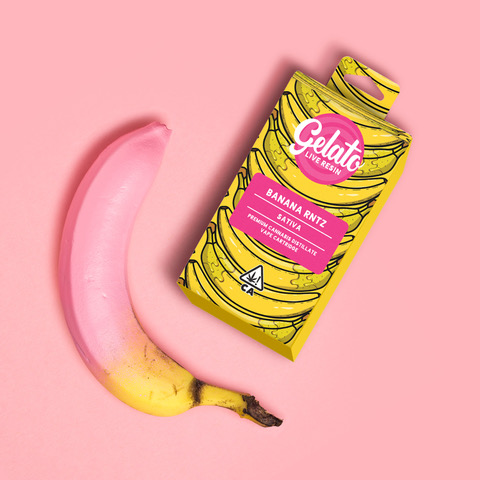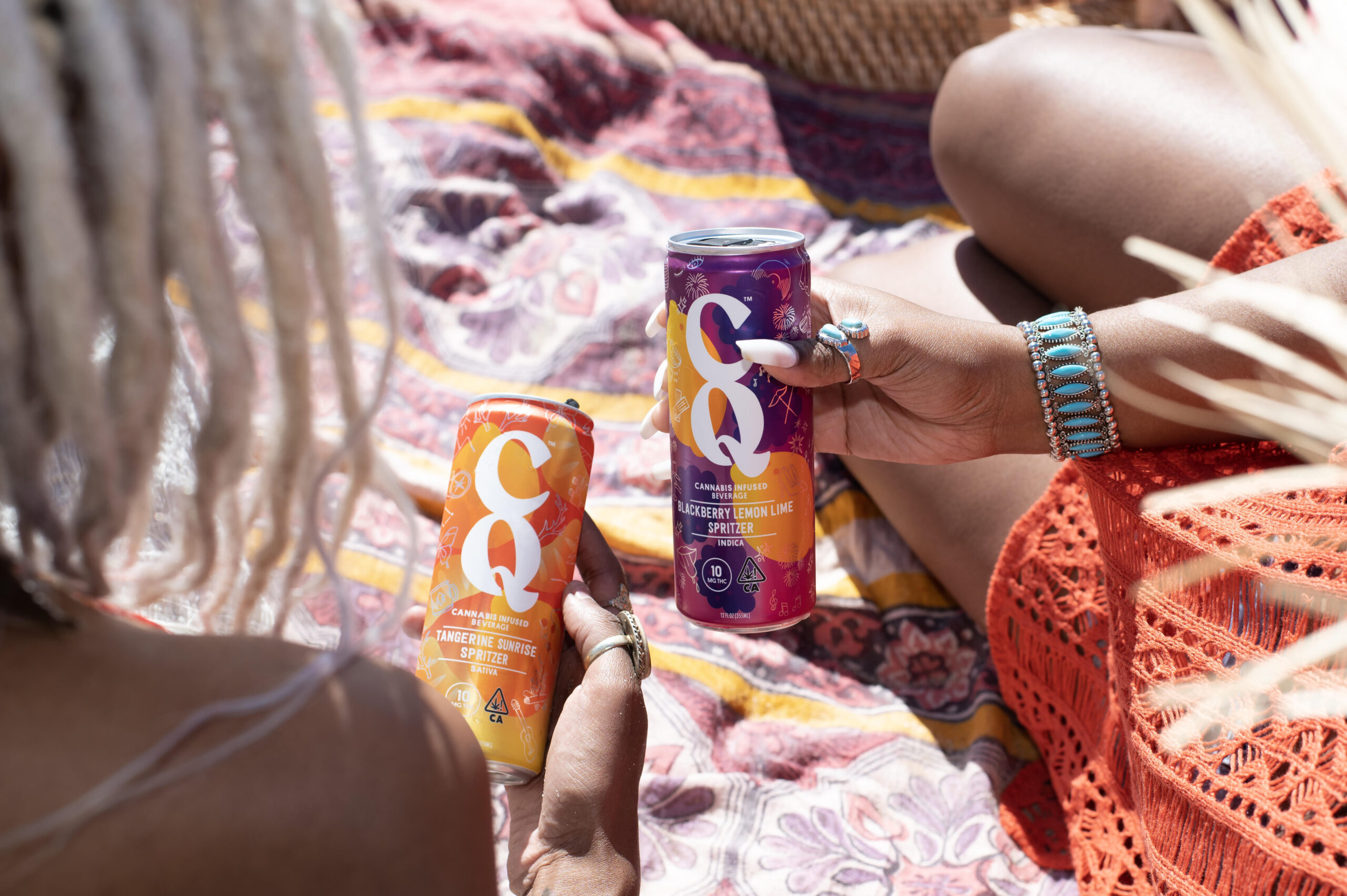The cannabis industry has come a long way since Colorado voters decided to legalize recreational use in 2008. In the early days, the novelty of legal weed was enough to push brands forward to consumers, but anyone who has ever visited trade shows like Hall of Flowers or their local dispensary can tell you there are now hundreds of brands in each state working to stand out in saturated markets. Quality, convenience of use, and price will always factor into a purchase, but branding and marketing are non-negotiables in 2023. No longer can a terpy bud ride its own merits and make it into the bag at the checkout counter.
As successful brands know, all the pillars for good marketing—the packaging, social media, and messaging behind a product—have become as important as the product itself.
“Branding is paramount,” said Drew Punjabi, director of marketing at Kip Morrison and Associates, a public relations and marketing firm that specializes in cannabis. “It’s more than a generational buzzword, it’s who you are and how you move through the world. What is more important than that?”
It’s all about the why
For cannabis companies attempting to navigate the complex branding maze, a good place to begin the journey is the why. Why would someone want to purchase your product? Are they seeking to relieve pain, fall asleep after a hectic day, or elevate a night of binging Netflix? Whatever the reason, that “why” becomes the inception point and backbone for branding efforts. An authentic through-line becomes about so much more than what a consumer can see.
A cannabis brand should be able to identify who their product targets, what experience those people are seeking, and what appeals to them most. Pursuing aesthetics solely to be visually appealing can lead to a dead end in the consumer experience.
Maintain your focus
Another pitfall to avoid is targeting your brand efforts to everyone.
According to Kenny Morrison, founder of CQ (formerly Cannabis Quencher), “Good branding has to alienate someone. Knowing your ‘why’ and identifying who might be purchasing your products will help a company hone in on the common core of all messaging.”
Apply your ‘why’ effectively
The most obvious form of branding is what consumers see on the packaging. But cannabis brands have to surmount a lot of unique challenges to stand out. Not only do they have extreme regulations, child-proofing responsibilities, and safety factors to consider, but they’re also hampered by the not-so-secret fact that many brands (flower in particular) are buying the same products from white-label manufacturers and merely packaging the product differently from the competition.

For a newer company like Gelato Canna Co., which makes everything from edibles and concentrates to pre-rolls and flower, creating a cohesive look and feel was the first thing to lock down before launching in 2022. The company embraced designs that are whimsical and food-orientated.
“It’s straight up Willy Wonka,” said George Sadler, chief executive officer at Gelato Canna Co. “Our branding is the most important factor in earning the trust of the consumer. I believe consumers recognize the Gelato Brand not only from the consistent image, but consistency in products.”
For an industry that is sometimes marred by consumers claiming they don’t know what to expect in terms of a product’s psychoactive effects, especially when it comes to edibles, creating a product with consistency is paramount to brands’ longevity and reputation. Consumers know what to expect from Gelato’s products, and consistency has paid off for Sadler in a literal sense: He launched Gelato in March 2022, and the company has enjoyed more profit in one year than his previous company did in almost a decade of operation.
Is it time for a makeover?
Evaluating your branding isn’t just for newcomers in the cannabis space, either. Legacy brands like CQ, which created California’s first cannabis beverage, are also getting a makeover to attract consumers.
“In 2012, we opted for the name Cannabis Quencher,” said Morrison. “Regulators wanted the word cannabis to be the biggest word on the package. Over time, we discovered some obstacles. The name had too many characters, which crowded the package and made it less visually appealing. The other thing is we aren’t a sports drink. Each dispensary’s social media manager would almost invariably tag an Instagram photo with the low-hanging fruit of, ‘quench your thirst’ and it started to feel very limiting.”

With a new moniker, CQ has embraced a simpler and more feminine, fruit-forward design to appeal to the modern consumer. Abandoning the original name in favor of CQ was a difficult decision.
“I feel we risk alienating some of the incumbent consumers in favor of keeping future possibilities open to us,” said Morrison. “It’s my goal to evolve as the market evolves, but it’s going to happen slowly.”
The gamble has been paying off, with CQ seeing double-digit growth in Illinois and Massachusetts, which has helped the brand find partnerships to enter new markets in Michigan and Canada.
Consistency is key
Creating a great brand with staying power goes much deeper than the packaging. Messaging, advertising, social media, merch, how a team interacts with the public at patient appreciation days, along with a seemingly endless list of other factors, all contribute to a company’s overall branding.
“What stands out to consumers is consistent, applicable messaging and visuals driven by a quality product that is solving a problem or a need for them,” said Punjabi. “It’s not just strong imaging. In 2023, it’s much deeper than that.”
Consistency can seem like another difficult path to navigate, but if a company has identified its “why” and brand identity thoroughly, a functioning through-line is present for all of the avenues of its branding efforts. There is no reason the design for a pre-roll cannot channel the same characteristics as an edible or even merch.
For luxury lifestyle brand Potent Goods, integrating their fashion and cannabis offerings cohesively has been monumental to their success.
“They have created seamless connections across all of their cannabis products that extend into their high-end ready-to-wear apparel collection,” said Punjabi. “The consistent patterns coincide with the cannabis effects, which not only promote brand continuity, but also create simple and effective through-lines for the canna-curious market.”
Outside the state regulations where it operates, the only limit for how a brand expresses itself is creativity. As long as there is a cohesive structure and through-line between the way the public sees a product, its social media content, and so on, the market will respond positively.











[…] are its core values and mission beyond selling the product. In the case of cannabis beverages, successful branding comes from defining an identity that clearly differentiates the brand from traditional alcoholic […]
[…] in healthcare, a consistent brand fosters trust. Patients feel reassured when they perceive a brand as professional, consistent, and […]
[…] growers a chance to think a little less about the menial and focus on bigger-picture items like branding, developing new strains, and collaborating with other […]
[…] systems often is a tradeoff for the quality of the consumption experience and ease of use. A cannabis brand can go to great lengths to produce a high-terpene concentrate formula, for example, only for a […]
[…] this industry, packaging is a branding opportunity no one can afford to waste. Both readers and cannabis consumers judge products by their covers. […]